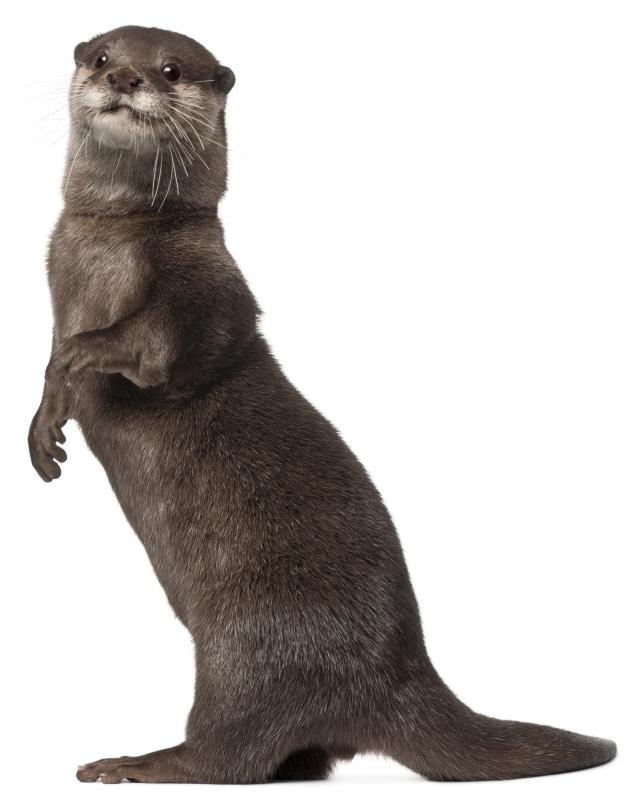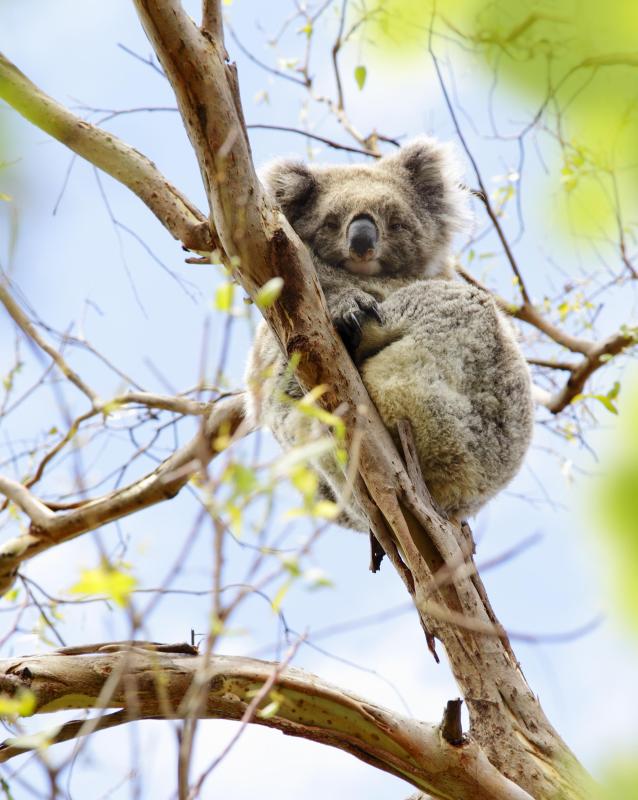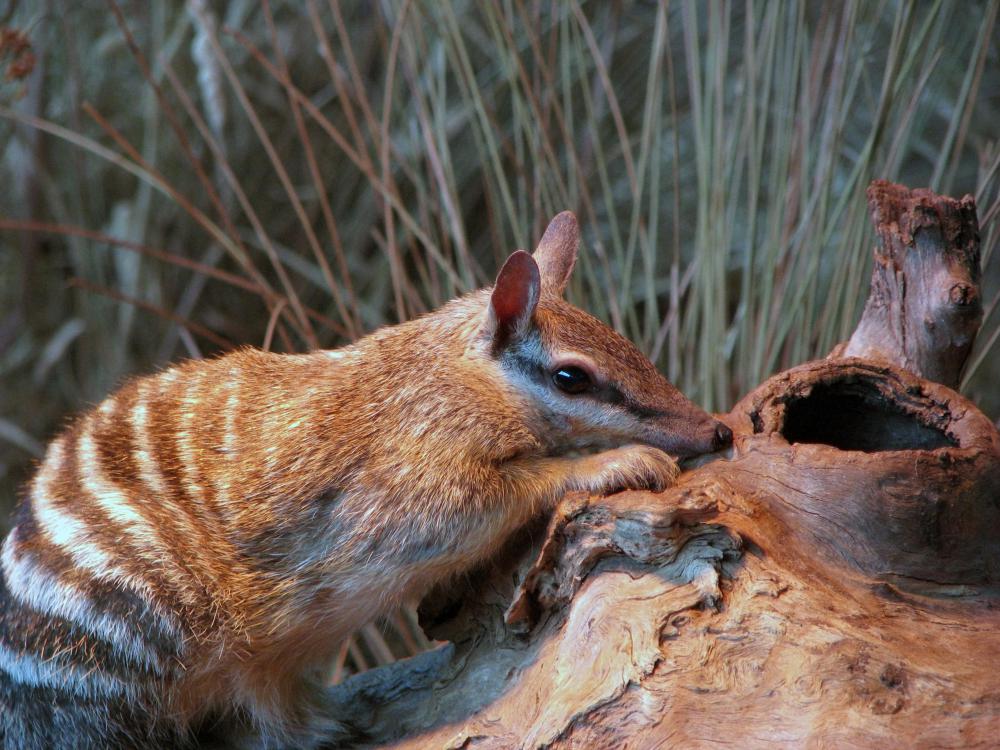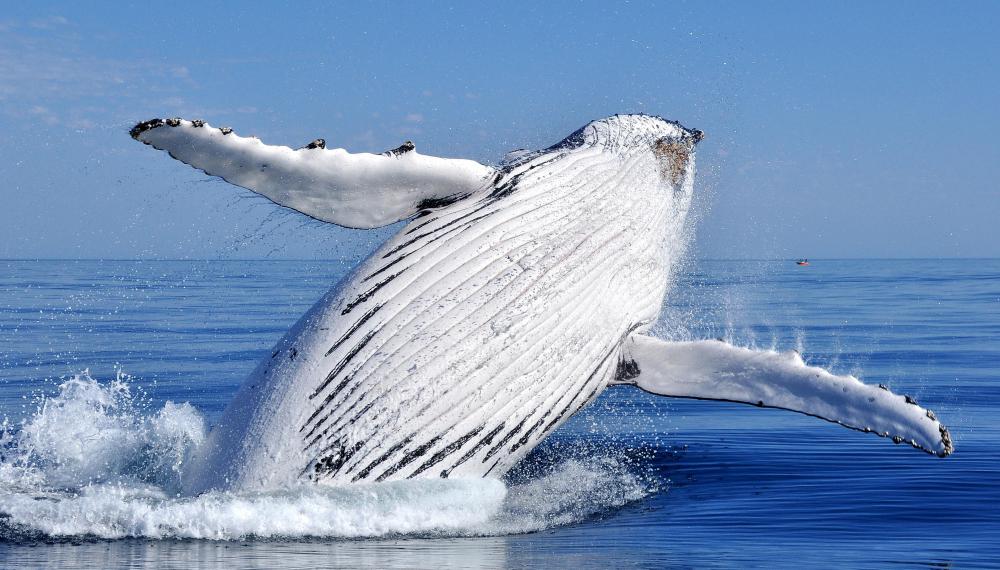At InfoBloom, we're committed to delivering accurate, trustworthy information. Our expert-authored content is rigorously fact-checked and sourced from credible authorities. Discover how we uphold the highest standards in providing you with reliable knowledge.
What Are the Differences between Mammals and Marsupials?
There are three groups of mammal: placental mammals, marsupials, and monotremes. Monotremes only include the platypus and four species of echidna. The remaining mammals are all placentals or marsupials. The placental mammals are clearly dominant, as they have been for over 65 million years, with over 5,500 species on every continent except Antarctica. The marsupials, with only 334 species, has carved out a niche for itself in Australia, where it has largely displaced placental mammals. Marsupials are also found in small numbers in South America and Central America, with a single species (Virginia Opossum) in North America.
Marsupials and placental mammals are both mammals, that is, warm-blooded tetrapods with sweat glands that provide milk for young and are covered in a layer of fur or hair. What distinguishes the two from each other are 1) their mode of reproduction, 2) genitalia, and 3) their blood temperature, which is slightly less than that of placental mammals. For many centuries, marsupials were considered "primitive" mammals, but there is little real evidence for this outside of cultural bias. Because marsupials mainly occupy Australia and remote areas of South America, they were poorly characterized by scientists until the mid-1800s.

Instead of staying in a womb like placental mammals, marsupials leave the mother's body at a very early stage, climbing from the genital opening to a special pouch with nipples for milk. This evolutionary strategy avoids the need for a complex placenta to protect a growing fetus from the immune system of its mother. Marsupials and placental mammals both evolved around the same time, about 125 million years ago, and despite evolving separately since that time, have displayed significant parallel evolution as they have radiated from shrew-like ancestors. For the casual observer without prior knowledge of the species, the only way to distinguish a marsupial from a placental mammal is to examine the genitalia.

Some well-known marsupials include the koala, kangaroo, opossums, possums, wombats, the Tasmanian Devil, marsupial mice, bandicoot, and less well-known species such as the marsupial mole, numbat, bilby, and Musky Rat-kangaroo. Placental mammals include rodents, whales, elephants, otters, horses, cats, dogs, humans, and many more.
AS FEATURED ON:
AS FEATURED ON:
















Discussion Comments
One of the marsupials, opossum, is one of the oldest surviving mammals. An interesting fact about the opossum is that it did not change much over the millions of years of its survival.
Part of the reason is that due to its unique type of mating, opossum can not crossbreed.
Post your comments